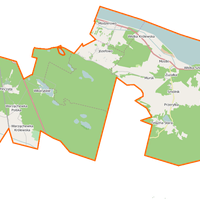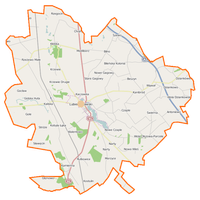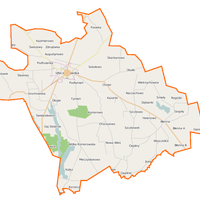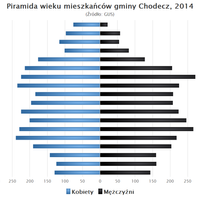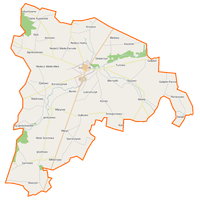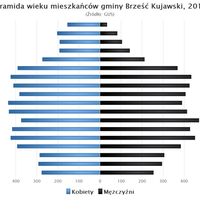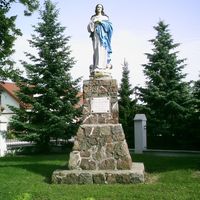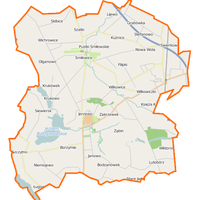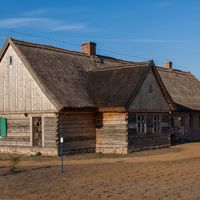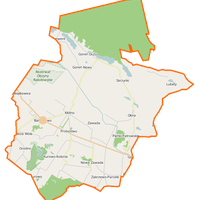Włocławek County
6.86
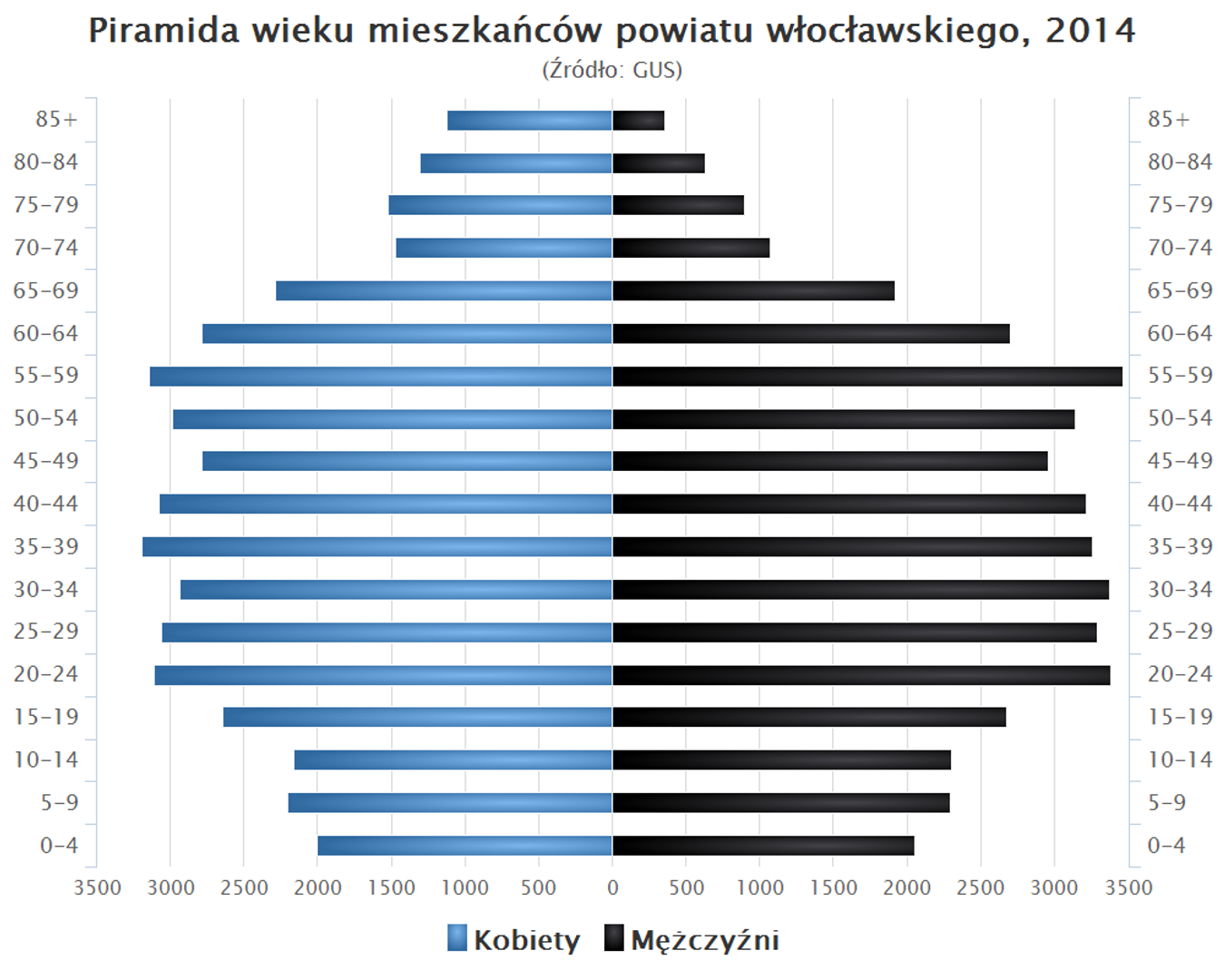
Overview
Włocławek County, located in the eastern part of the Kuyavian-Pomeranian Voivodeship, was established in 1999. Its capital and largest city is Włocławek, known for its rich history and architecture. The county includes urban, urban-rural, and rural municipalities, including towns such as Kowal, Brześć Kujawski, and Lubraniec. The county is characterized by cultural diversity, reflected in numerous local traditions and events. The history of Włocławek dates back to the Middle Ages, when it developed as an important trading center. The city boasts numerous historical monuments, including a Gothic cathedral, which is one of the symbols of Włocławek, as well as residential and public buildings distinguished by rich ornamentation.
Demographically, Włocławek County had a population of 86,037 people in 2019. In terms of transportation, the county has a well-developed road network, including the A1 highway, and important railway lines, facilitating communication with other regions of Poland. Over the years, the local governments of Włocławek have been led by various individuals, including Maria Ciesielska and the current starost, Roman Gołębiewski. The county borders the city of Włocławek and several other counties, fostering cooperation and cultural exchange. An interesting fact is that Włocławek is also known for its ceramic industry, and its artisanal traditions attract both tourists and investments.
Location
Country
2025 Wizytor | All Rights Reserved
